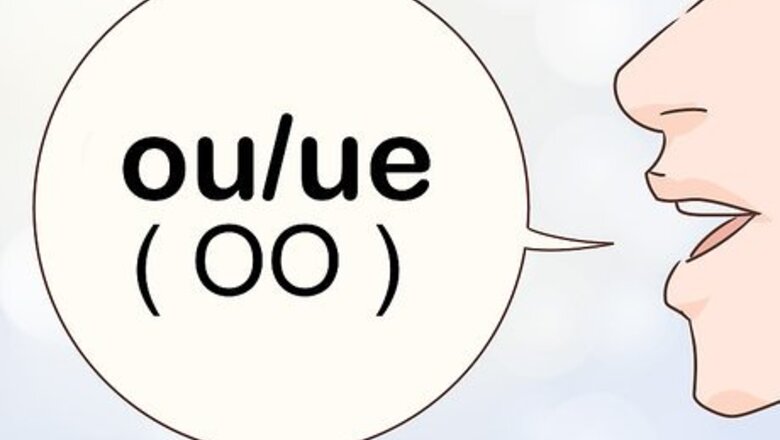
views
Learning Canadian Pronunciation

Practice Canadian diphthong sounds. Diphthongs are two vowels that combine to make a single sound in one syllable. Canadians typically emphasize a single syllabic vowel sound, rather than moving from one vowel sound into another. In this way, words with an “ou” or “ue” are typically pronounced “oo.” For example, “about” becomes “aboat” and “Tuesday” becomes “Tooz-day.”
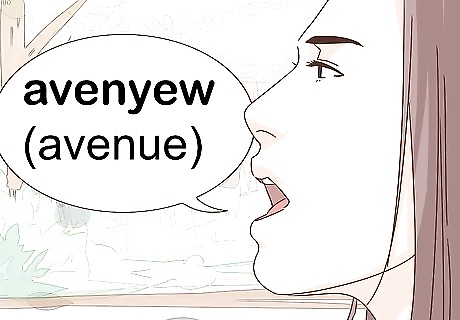
Keep the Briticisms. Canadian English is quite similar to British English in many ways. Some Canadians pronounce the word “avenue” as “avenyew,” which is similar to the British pronunciation. Canadians often say “mum” instead of “mom.” They say “pardon me” more often than “excuse me.” Canadians even maintain the British spelling of many words. For example, “neighbour,” “flavour,” “labour,” “centre,” and “theatre.” Canadians also use the metric system for most measurements.
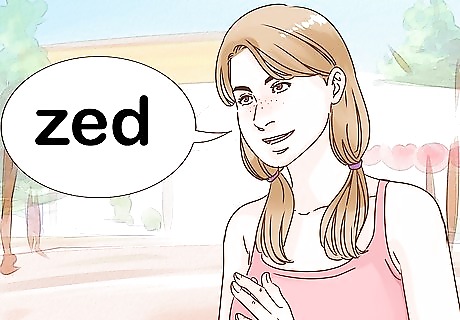
Say “zed” instead of “zee.” While Americans pronounce the letter “Z” like “zee,” Canadians pronounce it as “zed.” This is due to etymological reasons, since “Z” comes from the original Greek letter “Zeta.” Americans are actually almost the only ones who say “zee.” Canadians, British, Australians, New Zealanders, and most other English-speaking countries pronounce it “zed.”
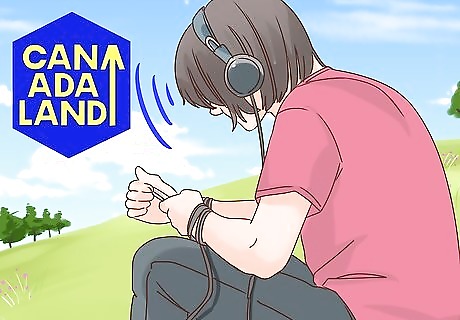
Listen to some examples of Canadian English. Try listening to news and culture podcasts from Canadian creators. Watch Canadian movies and television shows. A few examples of movies that provide great examples of Canadian accents include The Shipping News, One Week, and Goin’ Down the Road. Some good Canadian podcasts to listen to for news and entertainment include Canadaland, Ottawhat, Taggart and Torrens, Never Sleeps Network and The Night Time. The English Teacher Melanie podcast discusses everyday life in Canada, while also teaching Canadian English lessons.
Incorporating Canadian Slang

Use “eh.” One major difference between Canadian English and American English is their use of “eh.” Canadians use this word/sound instead of things like “huh” or “you know.” They also use it to indicate they want someone to repeat or explain something that was just said, instead of other question words like “pardon?” or “excuse me?” For the Canadian pronunciation, “eh” rhymes with “hay.” A Canadian might say, “The weather is nice, eh?” Whereas an American might say, “The weather is nice, huh?”
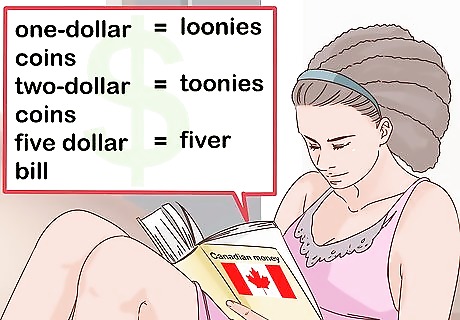
Learn the slang for Canadian money. Canadians call their one-dollar coins “loonies,” and the two-dollar coins “toonies.” A five dollar bill is often called a “fiver.” And a ten dollar bill is often called a “ten-spot.” The loonie was given this name because of the loon featured on the coin. The toonie is a combination of the words “two” and “loonie.” Also, it's just kind of fun, and it rhymes.
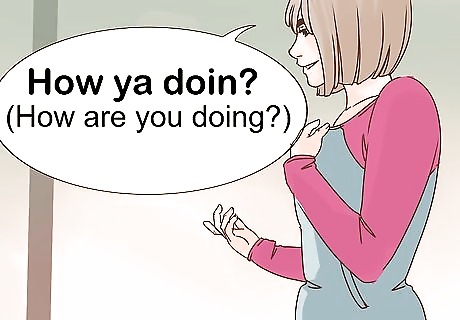
Practice Canadian greetings. In general, Canadians have very similar greetings to other English-speaking countries. However, they do often run some of the words together so that “How are you doing?” often becomes “How ya doin'?” And “What are you up to?” becomes “Whadder yup to?” Instead of “How’s it going?” some Canadians say “How’s she bootin’er?”
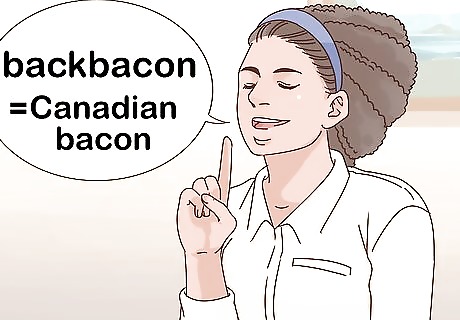
Use Canadian food words. Canadians have quite a few variations when it comes to food names. For example, they call Canadian bacon “backbacon.” They call American cheese “processed cheese.” For a Canadian, whole wheat bread is “brown bread.” Canadians call whole milk “homo milk” – short for homogenized milk. A “double double” is a coffee with two creams and two sugars. The Canadian word for non-dairy creamer is “whitener.”

Study Canadian-specific words. Canadians have a lot of words that they use regularly, but don’t occur in other English-speaking countries. A “toque” (pronounced “tuke”) is a winter hat. A “snowbird” is someone who goes to warmer southern climates during the winter. Canadians call themselves “Canucks.” Some Canadians call couches “chesterfields.”
Embodying the Canadian Attitude

Be polite. Canadians are well known for their helpful and polite nature. While this may be a based on a stereotype, many studies have shown that Canadians actually are nicer than their American neighbors to the south. If you want to talk like a Canadian, you need to increase your levels of politeness. Always hold the door for people. Smile at people on the street. Apologize if you bump into someone. Avoid overt sarcasm unless you’re speaking to people you know well.
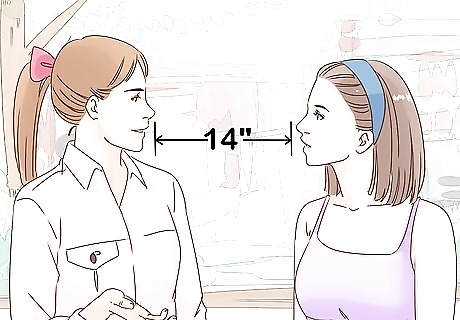
Give personal space when talking. Canadians are friendly people, but they like their personal space too. Studies have shown that Canadians generally prefer at least 14 inches between themselves and the person they are speaking with. Don’t crowd people or get in too close to their personal space.
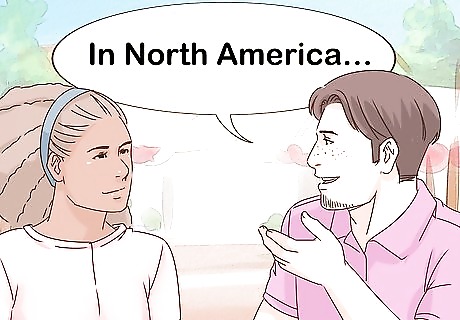
Emphasize the phrase “North American.” Many Canadians are quick to point out that US citizens are being exclusionary when they call themselves “Americans,” as Canada (along with nearly two dozen other countries) is also part of the “Americas.” When discussing what something is like in Canada or the United States, many Canadians will say, “In North America…” Canadians might also tell someone that they are North American, rather than Canadian.










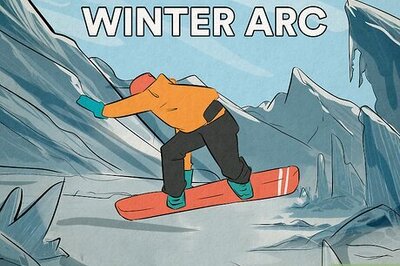







Comments
0 comment